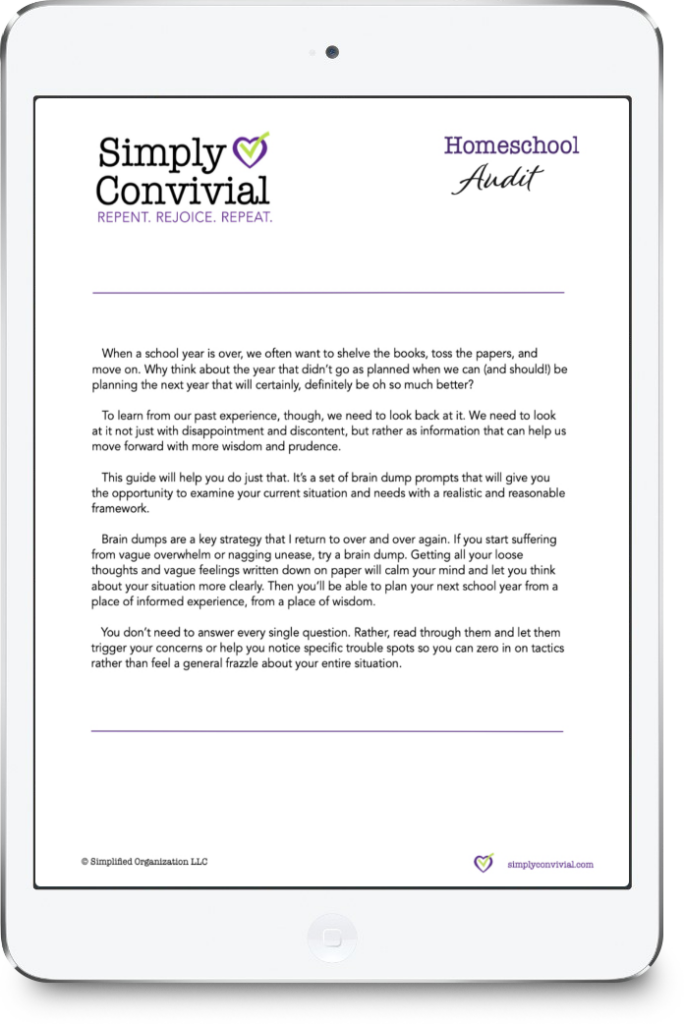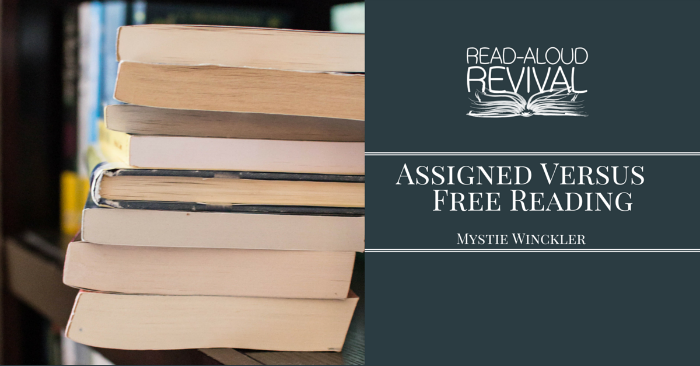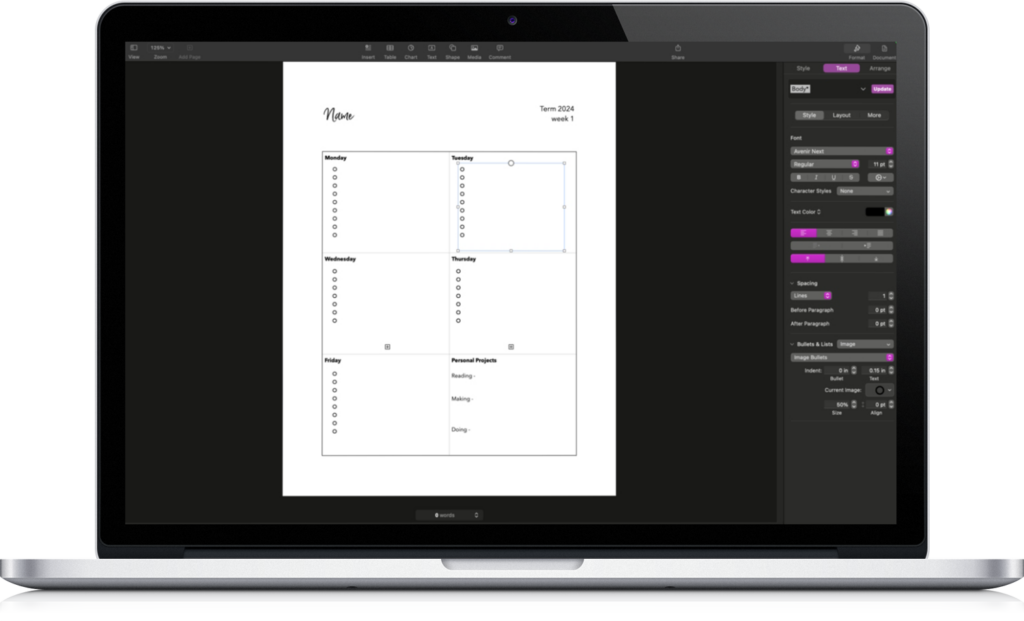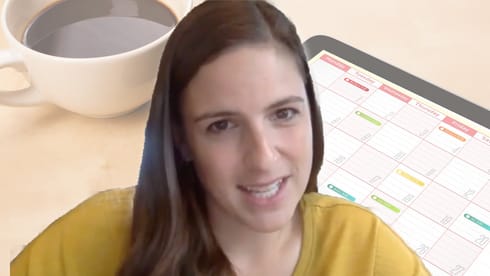Our 3 Year History Cycle & the books that make it work
History should never be boring.
History is the study of people – and people always have stories. Stories of individuals, stories of battles, stories of cultures, stories of legends – history is inherently fascinating and relevant.
Dates are secondary to people. Dates are useful insofar as they help us place people in the right place within the flow of the story of history.
So, of course history should be told as a narrative, for that’s what it is. History is a compilation of stories and should be told as such, especially to children, who do not need to know abstract puzzle pieces to why things happened the way they did. Children should first come to know the big names and the big events simply as stories of the past.
Therefore, it is perfectly natural and legitimate for history to be learned primarily – perhaps even exclusively – through reading. Reading is the only way any of us come to know history, and any sort of sugar-cube pyramid or chicken-mummy activity might provide us with memories of together-projects, but it does little for the actual learning of history itself. Do the clay map of Egypt (why are all the projects about Egypt, anyway?) for the fun or for the family memory, but if you want to learn about Egypt, you must read.
And just why is it that most of these homeschool history projects ARE about Egypt? Egypt is fascinating, and Egypt is typically where classical history cycles begin.
How many families actually make it through an entire history cycle? How many families make it through an entire history cycle more than once in a single student’s elementary education?
When I was tutoring and teaching classes for homeschooling families before homeschooling my own, it sounded from the mom-talk I listened in on that no one actually did it. They all started. Egypt was a bunch of fun. Everything fizzled from there. I wasn’t reading blogs yet; my homeschool research involved reading catalogs and books and eavesdropping on homeschool moms swap real-life stories and concerns when they came to pick up their middle school kids.
Reasons for a 3-year history cycle
So, when my own children had not even started learning their letters, I decided through my own mulling over of what I’d heard, knowing I was just as likely as anyone to not finish what I started and having much of the “my kids aren’t even 5 yet and I know I’m going to mess this up” early-homeschool trepidation, to do a 3-year cycle. Everything I saw and everyone I knew was doing either a 4-year or 5-year cycle – and I knew of no one in my circle of acquaintance whose middle school child had completed a single cycle, much less two.
So, if the cycle is 3 years and it takes more time, then you’re at 4 and still ok.
Moreover, if the cycle is 3 years, you’re forced to take the overview route which the early cycles are supposed to be. There is no getting bogged down in details when you’re sweeping through history at that rate. Three years is only enough time to get the big picture and general sweep – which is all the history is supposed to be in elementary anyway. It is to give them the pegs and the outline to be filled in later by deeper study and free-time reading.
The reason I heard for why families didn’t finish their cycles on time is that they didn’t finish the curriculum in a year, and they wanted to finish before moving on. So, a 4-year cycle was taking 6 years or abandoned to catch up middle school kids on the American history they hadn’t yet reached.
But I was fresh out of college. You know how many college history or literature professors finish everything in a textbook or in a course outline? None. They pick and choose from the selections provided in the textbook and we move on. They’re survey classes. Why couldn’t I exercise the same freedom? I could, and I have.
I was in the medieval year of our first history cycle when I went to my first Classical Conversations information meeting. Although we chose not to do CC, I am glad I went to that meeting. CC does a 3 year history cycle. The parents committed to that program are propelled and held accountable to moving through history at that rate. I felt validated for my decision and relieved that other people had proved it was possible.
Another thing I picked up from that CC meeting was learning the entire Veritas timeline in a year, every year. Until that time any real-life advice or stories I’d heard said that the Veritas timeline was an ideal no one actually ever memorized. CC made it possible with a song and constant repetition. I adopted the song, added it to Morning Time for constant repetition, and we have those historical pegs down pat.

HOMESCHOOL AUDIT
Make next year better based on how this year went.
Download the free homeschool audit and use this year’s experience to make next year better.
History comes to us by books, not facts
How we do history can be divided into two parts: school reading and free reading. Sure, we sing the timeline song in Morning Time and in 7th grade I give the student a Book of Centuries, but for the most part, history comes to us through books.
For school reading, I read aloud two or three chapters from a spine narrative survey twice a week and at least one child, sometimes each child, narrates. That’s it, except for our review game at the end of each 6-week term.
However, I most of my children’s historical knowledge comes from their own independent free reading. And that means that my early readers and prolific readers know vastly more history than my average-to-late bloomers. That’s ok. I don’t count my later reader as behind. My prolific readers needed grist for their reading mill. What is better than a bunch of biographies, missionary stories, history stories, and legends?
Each summer, when I am buying books for the school year, I browse book lists, Amazon recommendations, blogs, and used bookstores for books about the period we’ll be reading about.
The books about the other two periods are packed away (because I don’t have shelf space for them all anyway, and having a book reappear after a two-year absence makes it practically a new book again, or a reunion with an old friend), and we only have out survey-series and books about the historical time period.
Greek mythology and tales of Troy live with the ancient collection, Robin Hood and King Arthur tales live with the medieval books, and American tall tales and folk stories go with the modern set.
Readers will read, and it’s my job to make sure there’s an abundance of material. Those that read later might not get the same volume, but I can still provide audio book versions of some of the best and they are still getting the spine – the basics – and growing in their understanding of and interest in history. That’s all I ask.
An interested reader will read about what interests him, so there must be books. An interested non-reader will pay better attention to lessons, and when the time comes and reading fluency arrives, the books will be there.
Make kids interested in history with free reads
I myself was a late bloomer in reading and an even later bloomer in an interest in history. First an interest in Elizabethan England, then an interest in the Antebellum South (the common thread being beautiful dresses, of course) gradually unfolded to an ever-expanding interest as connections and causes started a sort of domino effect. That probably began in my mid-teens.

Yes, my two older boys who were early and fluent readers know more history and remember more names more accurately than I do. Yet, even the late bloomers are not lost causes, as I myself am proof. I began to read history rather than historical romances in late high school, and I have ever since. And, I have a lot more history cycles to complete with younger children, so I might even catch up.
There’s always hope.
The bottom line, however, is that free reading truly is free. I don’t tell them they must read such-and-such a book. I don’t give them a book list to work through. I buy books and put them in conspicuous places. The house is littered – literally – with books.
When a student begins entering 5th or 6th grade, I start directing their attention toward diverse and varied reading as a habit. For my second-born, this has looked like a spot on his weekly checklist where he lists what he’s reading – his choices entirely – but the categories are provided: history, natural world, story.
He chooses his books for each category, but I set the categories. He doesn’t have to finish 3 books a week, of course – unfinished books carry over to the next week unless they are given up on (an option all true readers should be able to exercise).
I tried a balanced book list for my seventh grader this last year, but it was such a flop while the 5th-graders checklist options was such a hit, that giving each fluent reader 3 categories for choosing their own titles is the only method I’m using from here on out.
Now, for the part you’ve been waiting for – the book lists.
Books for the Younger Years
When my older ones were under 8, we read these:
But now the younger kids move on up to join the elementary-level reading when I think they’re ready.
Also, we keep the Story of the World series by Susan Wise Bauer – the audio versions read by Jim Weiss – in a regular rotation.
Instead of using them as school-time spines, they are like the Veritas timeline and added to the car playlist about once a year until we’ve made it through the whole 4 volumes. The kids also listen to them on their own time as an interesting audio option.
Elementary Level
- Our Ancients History Cycle Book List
- Our Medievals History Cycle Book List
- Our Modernity History Cycle Book List
- BONUS: Our Elementary Book Club List
Upper Years
Now my oldest is doing his own thing as a rising 8th grader and my second-born has done this 3-year cycle twice. Rather than have either sit in on the history read alouds, each will have their own spine history book that will be assigned at a rate of 1-2 chapters a week, with a written narration required for each chapter.
I still scour for more reading options to offer them for free and independent reading, as well.
I’m still in the research and evaluation phase for upper-level books for my history cycle. I will update this post when I fill the spots, but if you have suggestions, I’m all ears!

HOMESCHOOL AUDIT
Make next year better based on how this year went.
Download the free homeschool audit and use this year’s experience to make next year better.
Keep reading –

Get 5 of my favorite homeschool checklist templates!
Jumpstart your homeschool checklist practice by starting with one of my proven formats. Open, edit, and make them your own! Plus, get tips and followup, too –


